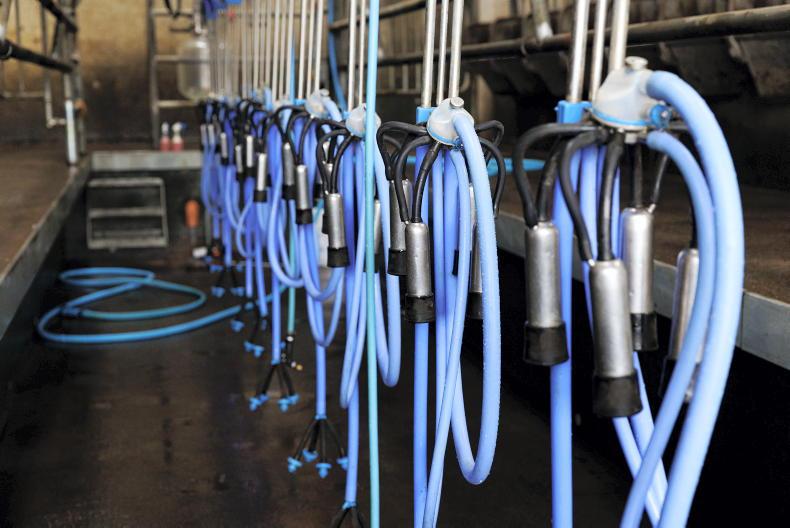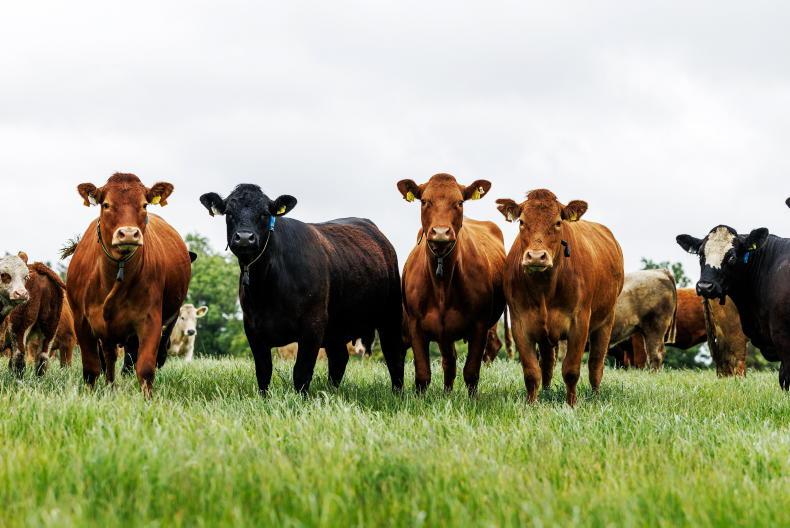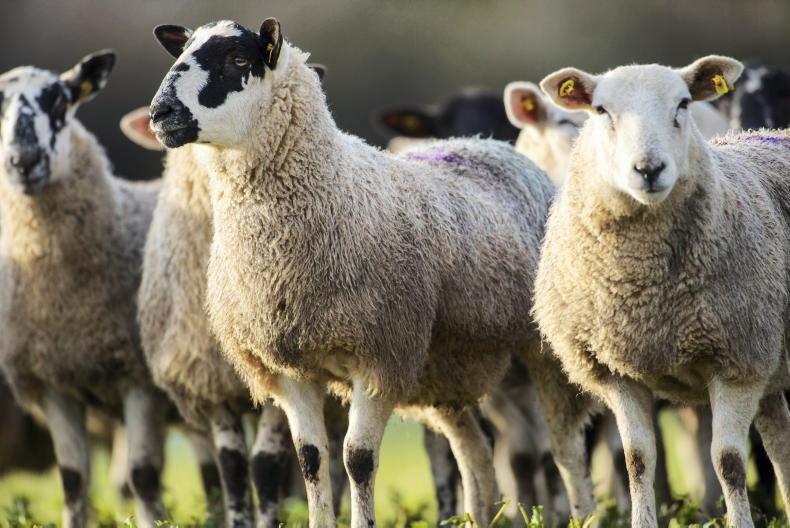Tullamore Farm is currently five years into a 15-year lease and at the beginning of 2021 we decided to sit down and take a look at where the farm is going and whether any changes could be made to the system to make it more profitable.
Last week, we took a look at the 2020 financial performance and this week, with the help of Paul Crosson, Teagasc, Grange, we look at some of the options for the farm and what difference these would make to the bottom line.
Option 1: weanling production
This option would mean calving a little earlier and changing to all terminal sires. It would also probably mean moving to a better cow type.
Cow numbers would increase to 125, which would put huge pressure on labour in springtime.
Calving assistance would also likely increase. The bottom line would improve by €3,432 by changing to the weanling option.
Option 2: finishing steers
This option would mean finishing steers at 24 months. This would reduce our reliance on concentrates. Breeding would not change. Cow numbers would drop to 86.
The problem with this option is housing. We don’t have the housing on Tullamore Farm to house bullocks for a second winter, so a shed would need to be constructed.
With a lot of stock at grass in autumn, it could also affect our ability to flush ewes in advance of breeding. This option would improve the bottom line by €5,148.
Option 3: sexed semen-finishing bulls combination
This option would mean inseminated cows with sexed semen for the first month of the breeding season. This would increase the number of heifers being born on the farm and reduce our concentrate bill.
As we would be grazing more heifers for the second grazing season, cow numbers would drop back to 89. The bottom line would decrease by €726 in this auction.
There is a major focus on the environmental efficiency of agri-food systems.
In the recent draft agri-food strategy, one of the main targets is to develop a sustainable agri-food sector.
Of most immediate concern from an environmental perspective is the emissions of greenhouse gases (GHG). At the same time, improved profitability for farmers is a key objective.
The modest profitability difference between the four scenarios might seem surprising, especially considering that the carcase weight achieved for bulls is only slightly less than that achieved for steers despite an eight-month earlier slaughter date.
But, of course, this was in the context of a depressed market for bull beef.
If prices were assumed constant across production systems, those finishing males as bulls would be the most profitable option analysed (~10% greater than the system finishing males as steers).
The system finishing bulls and selling breeding heifers has the lowest carbon footprint (~12kg carbon dioxide equivalents (kg CO2eq) per kg beef liveweight).
This reflects the higher liveweight gain, leading to an earlier slaughter age, for bulls.
The option with the highest carbon footprint was the weanling system, due to the greater contribution of the cow herd as a proportion of the total in these systems.
Reducing slaughter age is one of the most effective solutions for reducing GHG emissions from beef production systems and national efforts to address this trait through improved management, breeding and pricing incentives are warranted.
The slaughtering of greater numbers of males as bulls would also support this initiative. However, farm economic viability must remain paramount and bull beef systems have a greater risk.










SHARING OPTIONS